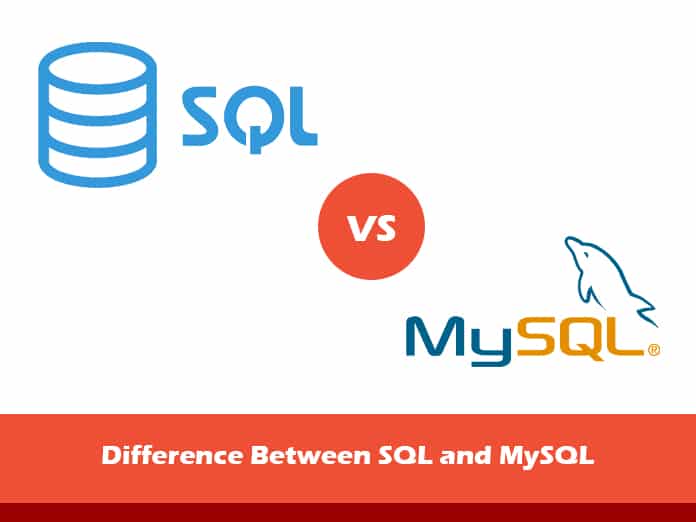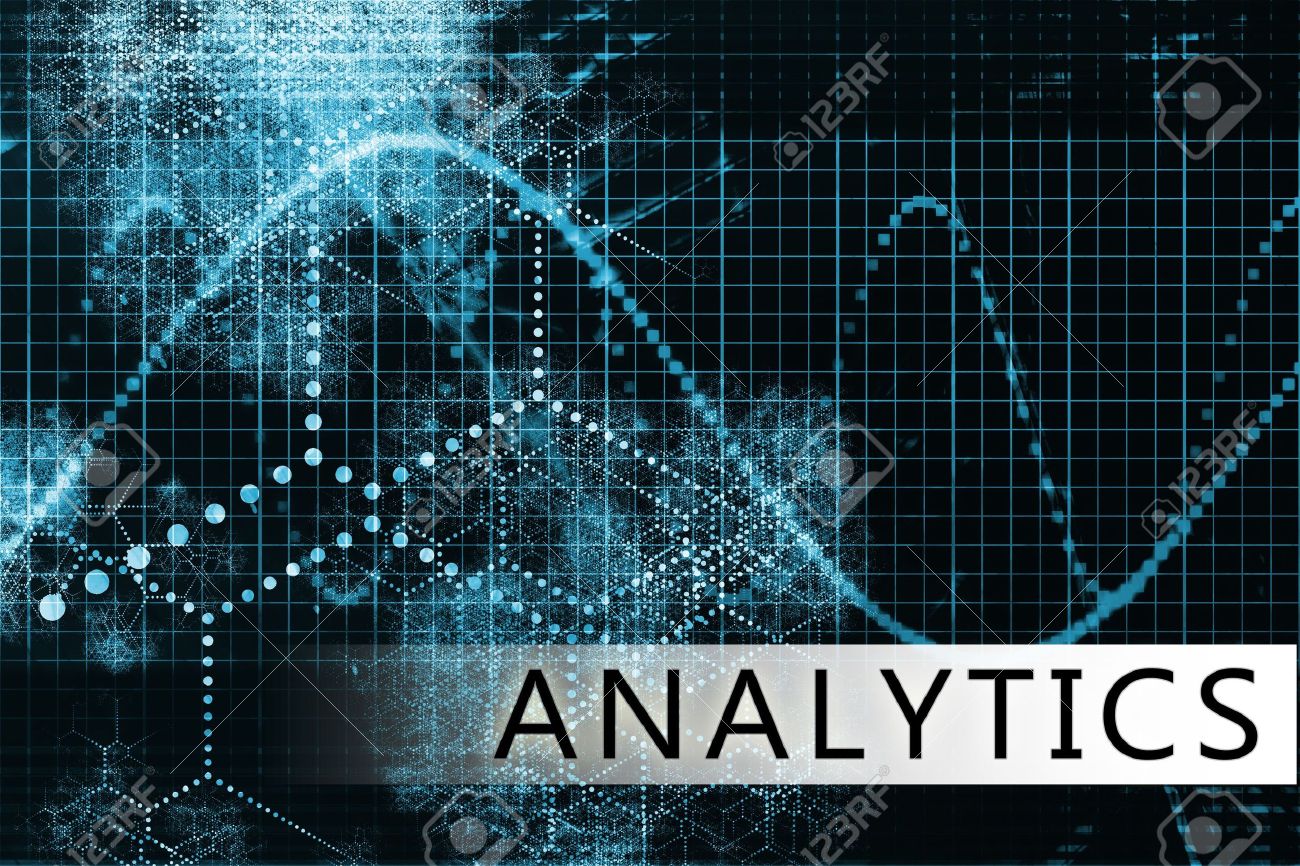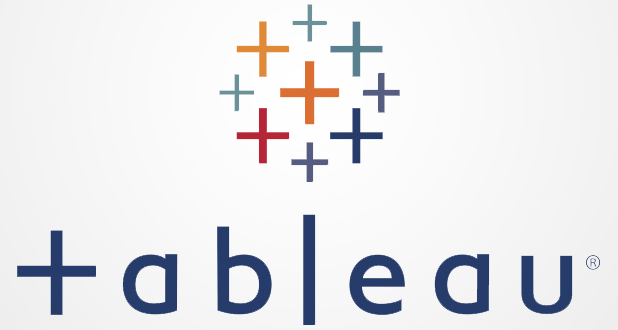Business intelligence tools are these giant and crucial tools in the market. They are also the most popular tools in the world of Data Analytics.
To stay at the forefront of the data analytics field, these tools must have that unique mix of power, brand recognition, and price. They have this secret sauce that enables the magic to happen.
That is why many people find themselves comparing Microsoft Power BI and Tableau when looking for the ideal data analytics tool.
Jump to Section
Overview of the Two BI Tools
Below is a short overview of Power BI and Tableau.
Power BI
uses the existing Microsoft systems like Azure, SQL, and Excel to build data visualizations that don’t cost a fortune. It is a great choice for those who already work within the Microsoft products like Azure, Office 365, and Excel. A fairly good low-price option for SMBs and startups that need data visualization but don’t have a lot of extra capital, Power BI is good for everyone.
Tableau
Tableau specializes in making wonderful visualizations. However, much of their advertising is focused on corporate environments with data engineers and bigger budget plans.
Tableau offers a public version of the tool which is completely free. The only drawback of this version is that it comes with limited features. So, the more you pay, the more you can access Tableau, including benchmarked data from third parties. Tableau also has a non-profit tool and also has academic versions.
Cost Comparison of Power BI and Tableau
Below is a cost comparison between Power BI and Tableau.
Power BI Cost
Generally, Power BI sits at a lower price point than Tableau. It comes in a free version, a monthly membership, and a scalable premium version with a higher price.
Although it’s a Microsoft product, Power BI clients don’t have to pay directly for Office365 to get access to the tool’s admin center interface, you may hire Power BI experts and developers to manage your data visualization requirements.
Having said that, there will be charges for membership and users. The way Power BI is set up within the Microsoft ecosystem makes it pretty affordable, especially for those organizations that are already deeply invested in Microsoft products.
Tableau Cost
Tableau’s pricing is a little more confusing, likely because they just moved from a mass purchase to the membership model.
The present pricing is a tiered system that distinguishes between connections to files versus third-party apps. If you already have a lot of data on spreadsheets and want to spend the time exporting your data from third-party tools before uploading to Tableau, the pricing per user is fairly reasonable but still higher than what you get with Power BI.
However, if you want direct connections to your third party apps like Marketo, Google Analytics, Hadoop, or any Microsoft product, you’ll need to pay for the Professional edition.
Integration with 3rd Party APIs
Below is a comparison of the Power BI’s and Tableau’s ability to integrate with 3rd party APIs.
Power BI 3rd Party API Integration
Power BI has API access and pre-built dashboards for quick insights for some of the most-used technologies out there like. This includes Salesforce, Google Analytics, email marketing, and of course, Microsoft products.
You can also connect to services within your organization or download files to build your data visualizations. If you want to connect any data to Power BI, use the “Get Data” button. You’ll need to go through a short authorization process to get fully connected where you can connect power BI with various third party APIs.
Tableau 3rd Party API Integration
Tableau invested lots of integrations and connections to big tools and widely used connections. You can view all of the connections included with your account level right when you log into the tool.
Tableau’s connection is a little more involved because you’ll need to identify which data to pull into the tool when you make the connection. Because of this, it might be helpful to understand what type of data you want to look at and why before you start making those connections.
Features of Power BI vs Features of Tableau
Below is a brief comparison of the features of Power BI vs the features of Tableau.
Power BI Features
Power BI has real-time data access and some cool and easy features like drag and drop. The whole tool is built to speed up time to generate visualizations. It gives even the newest users access to powerful data analytics and discovery without a whole lot of prior knowledge and experience.
The real-time data access means that teams can react instantly to business changes fed to Power BI from the CRM, project management, sales, and financial tools. Considering live data access is where most SaaS products and especially most dashboard products are moving toward, Power BI certainly has the leg up here.
Tableau Features
Tableau’s features are so powerful, but some of them a little less intuitive, being hidden behind menus. Such is the forecasting based on past behavior and calculations to transform existing data based on your requirements.
Tableau gives you live query capabilities and extracts. This is particularly helpful for data analysts; those are used to stopping all work for the query process.
Advanced Features of Power BI & Tableau
Below are the advanced features of Power BI and Tableau.
Power BI Advanced Features
Power BI has native apps enabling you to access data from anywhere. It alerts about changes, and the most important thing is that you can also use the publish to the web feature. This feature lets you add your visualizations directly to your blog or website.
Tableau Advanced Features
Tableau also has cool features like extensive support tools that will help you in teaching everything from the basics of setting up the software through initial data analysis to advanced tuning. You can access and manipulate data via the mobile app, and whole teams can collaborate around shared dashboards.
Conclusion
When comparing Microsoft Power BI vs. Tableau, you have to think about who will be using these tools.
Power BI is built for the common stakeholder, not necessarily for a data analyst. The interface relies more on drag and drops and intuitive features to help teams develop their visualizations.
Tableau is similarly powerful, but the interface isn’t quite as intuitive, which makes it more challenging to use and learn this tool. Those who have data analysis experience will have to face less trouble in cleaning and transforming data into visualizations. While those are just getting their feet wet will likely feel overwhelmed with the uphill battle to learn some data science.
Both Are Quite Good
After knowing about these tools, we can say that Power BI vs. Tableau has a draw. Power BI wins for easily use, but Tableau wins in speed and capabilities. Small businesses with limited financial and human resources should start with Power BI.
Mainly if they already invest in Microsoft products. Whereas, medium and enterprise companies that prioritize data analytics and have the human capital to support them will be better off to start with Tableau.
You can visit our site for consultancy in Power BI and other services too. The link mentioned below:

https://www.loginworks.com/data_services_consulting
You can share your feedback and your opinion, what do you think yourself about this blog. We hope you enjoyed this blog. It would be very great if you share it with your friends or on your social handles. Thank you!
- Business Intelligence Vs Data Analytics: What’s the Difference? - December 10, 2020
- Effective Ways Data Analytics Helps Improve Business Growth - July 28, 2020
- How the Automotive Industry is Benefitting From Web Scraping - July 23, 2020




